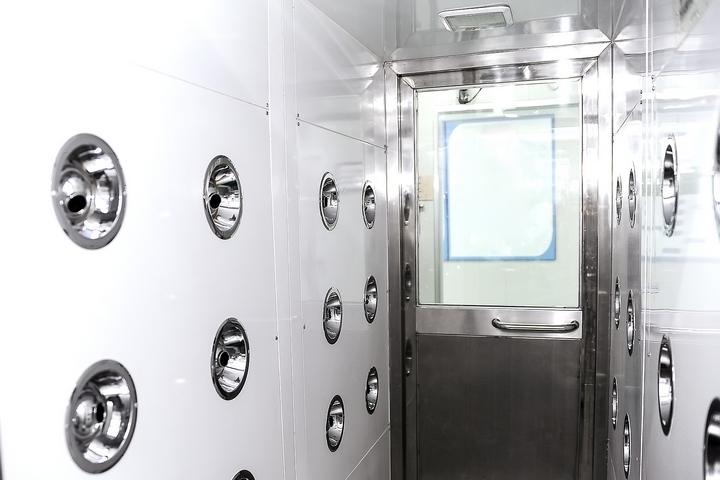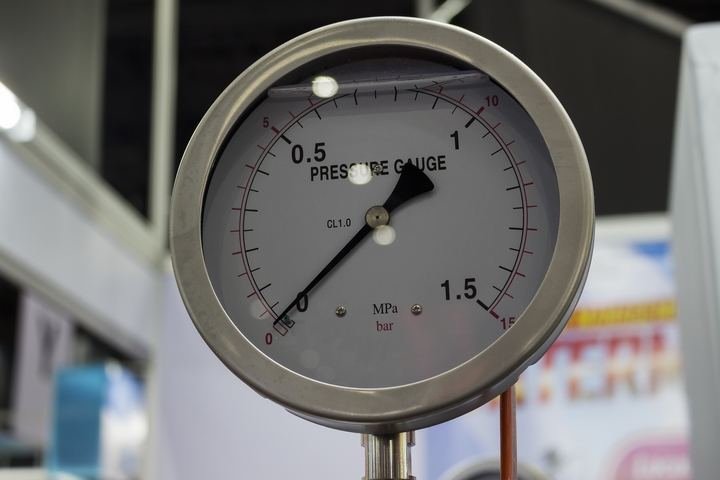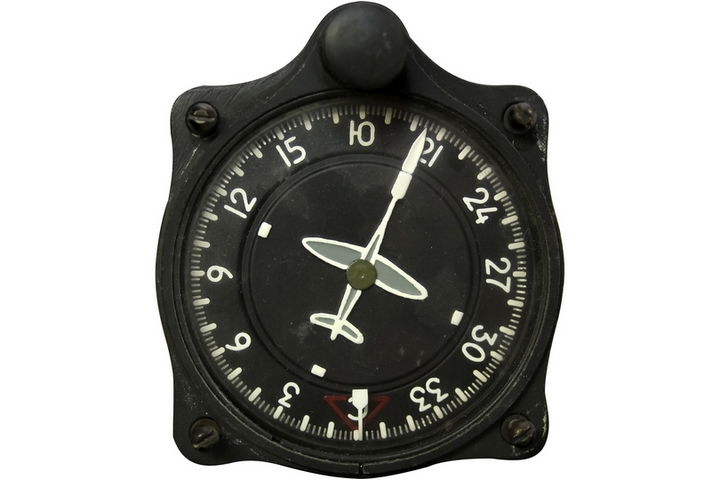Most people often don’t prioritize checking leaks in food packages when they are at the grocery store. A leaking food packaging material exposes you to a risk of foodborne diseases such as e.coli and salmonella. The best way manufacturers can eliminate cases of food poisoning and losses is to invest in leak detection equipment. Fortunately, consumers can avoid this by learning to use the following six leak detection techniques.
1. Bubble Test

Consumers can use the bubble emission technique for testing packaging materials that contain air in them. It involves submerging the packaging material being tested in the water. The presence of bubbles means that the packaging material could be leaking.
2. Helium Spray

Consumers can use a pumping system to separate the parts of the packing material under scrutiny. The process involves the use of a helium detector, which helps detect leaks once helium gas is sprayed onto the container or tin being tested. Your packaging material could be leaking if helium gas leaks inside it. The helium detector usually goes off immediately it detects helium gas to alert manufacturers of a possible leak.
3. Dry Chamber

Dry chamber technique is commonly used for testing packaging materials that are used for liquid products. It involves placing a liquid product into a vacuum chamber to test if an absorbent package is leaking any liquid. You will see a liquid on the porous material if your packaging material is leaking.
4. Pressure Decay

Your food packaging material will have less pressure in it if it is leaking. You need to fill it with air or nitrogen before testing the packaging material. After that, you can monitor the pressure inside it over a given period, and if it decreases, then your packaging material is leaking.
5. Altitude Simulation Method

Consumers use altitude simulation method to test leaks in food products that will be transported through the air. Altitude simulation technique uses a vacuum chamber to test the chances of a packaging material collapsing when it gets to high attitudes.
6. Ultrasonic Measurement Technique

Every leak makes a certain sound depending on its size, and this sound produces a frequency that can either be low or high. For example, small holes produce an extremely high-pitched sound while a large hole produces a low-pitched sound. Manufacturers often use an ultrasonic leak detector to measure the sound produced by a leak. Ultrasonic leak measurement technique involves the use of headphones, an adjustment nozzle, a handheld device, a meter, and headphones. Ultrasonic leak detector is sensitive and can measure even the rate at which a food packaging material is leaking. Consumers need to stay informed, especially when it comes to the food they consume. Never get afraid to research how a company that you consume its products test its food packaging material. If you want to learn more, visit FlexPak.







